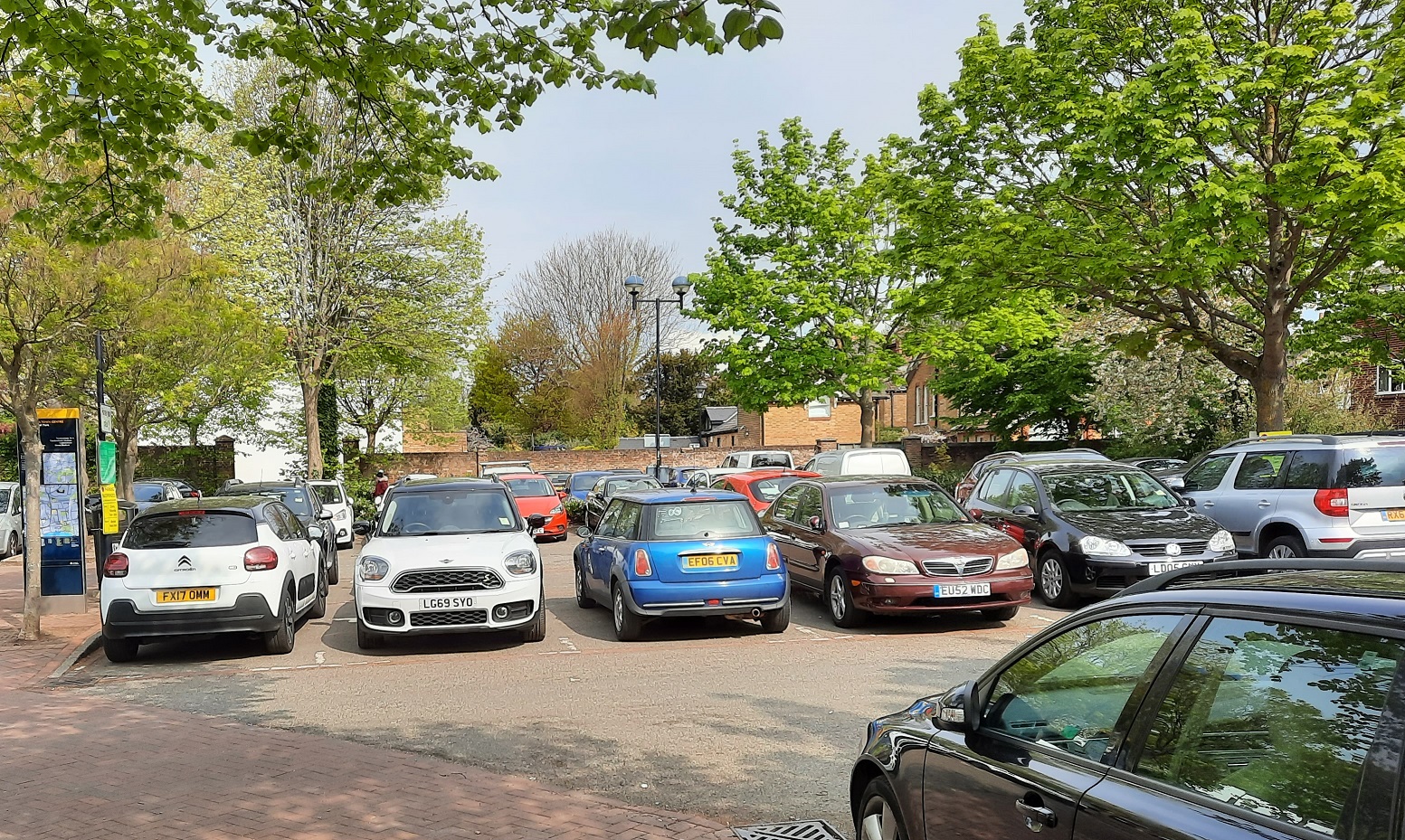
Representation by The Twickenham Coalition, Part 2 – PARKING
3. CPZ PARKING PROPOSALS AND TOWN CENTRE CAR PARKS
The report makes no reference to Richmond Council’s Parking Strategy, Redevelopment of Twickenham Riverside (anonymous and undated). This official document states that the Highway Authority is confident it can readily and sensibly manage the displacement of the 78 Embankment parking spaces (as initially proposed) but the present report says that the impact of removing parking spaces around The Embankment is not known.
The report makes no reference to the location of the 28 new parking spaces and, surprisingly, there are few if any specific recommendations for actions on maintenance and safety at the municipal car parks for which Richmond Council is responsible. A count was made of at least 25 specific requirements for action but no firm recommendations were made.
There is no commitment to parking spaces within a short distance from The Embankment and there are other omissions, such as parking spaces by the grassy knoll at the foot of Water Lane and visitors to the new development and its dwellings who arrive by motor vehicle.
Regrettably, the report’s recommendations do not support the focus on an inner zone or sub-zone within the CPZ, encompassing residents, businesses and clubs, etc in close proximity to the Twickenham Riverside site, such as premises on King Street, Water Lane, The Embankment, the new development itself and visitors, Church Street, Eel Pie Island, Church Lane, Bell Lane and Riverside.
No reasons are given for excluding the proposal for consideration of parking needs with a focus on this inner/sub zone and its exclusion makes no sense at all.
The Council’s parking proposals did not take account of people who would not find a parking space, drive away and shop elsewhere or return at a later time, the resulting congestion and air pollution and risks to the futures of Twickenham’s local shops, bars, cafés and restaurants, including those in Church Street.
The bottom line is summed up in paragraph 3.22: ‘The true impact of the removal of the [82 parking] spaces is not known.’ This negates the validity of the report’s revised proposals on parking and renders unacceptable the recommendation to implement the proposals on a six-months basis, without encouraging and supporting drivers to find alternative modes of travel into Twickenham.
It would be irrational to bring the parking changes in all at once, causing traffic congestion and air pollution in the town centre in addition to impacts on trade in the town centre.
The report assumes that ‘the removal of 82 parking spaces is anticipated to be fully offset by vehicles parking elsewhere’ within the wider area of the CPZ, but this assumption is made without foundation. Consideration should be given to residents, visitors and people on business who would drive around to find other available parking spaces, others would drive off and the impacts this would have on congestion and air pollution.
It is noted that the report of the Director of Environment & Community Services in November 2020 (Twickenham Riverside Parking and Servicing Consultation Feedback) highlighted the very low response rate in the CPZ consultation, June/July 2020, being only a half or one third of the number usually expected from within a CPZ. (Paragraph 7.9)
The report concluded that the reason for this very low response level might be due to the consultees not understanding that they were affected and therefore not having a view to give on the proposals. This communication issue must be rectified before the Council can propose changes to the Zone D parking scheme.
The Twickenham Coalition recommends
1) A proper survey of visits made to the town centre
2) Recommendations which fully reflect the distinct needs of residents, businesses, workers and visitors the inner zone, including feedback from the parking consultation
3) A proper risk assessment that includes the impacts on trade, congestion and air pollution
4) A phased approach with removal of parking spaces in three or four stages over a period of nine to 12 months
5) A full and proper consultation with the public on changes to Zone D parking arrangements before the planning application and any implementation of parking proposals.
(Continued)